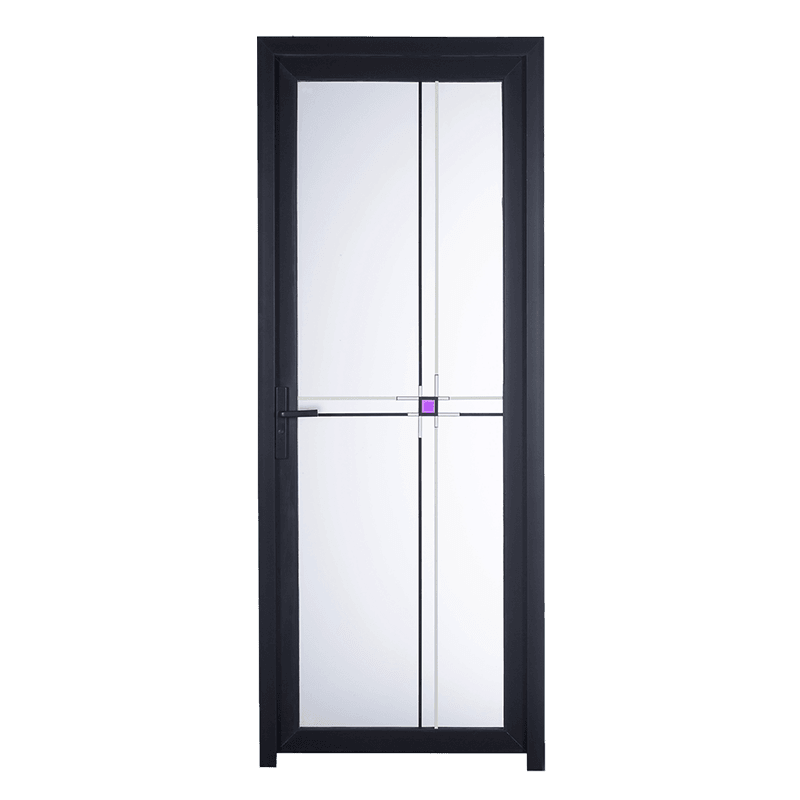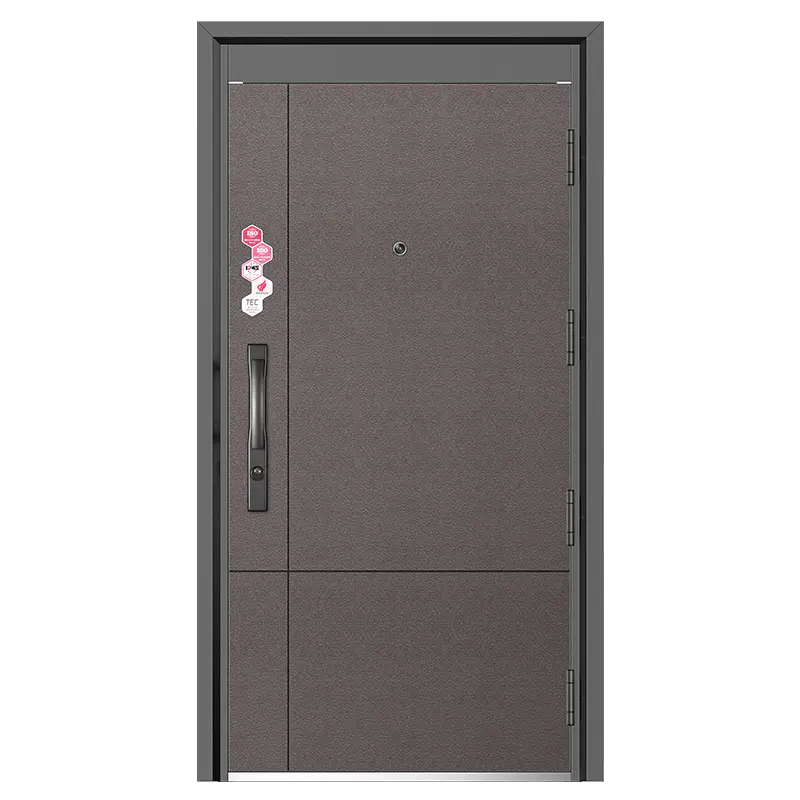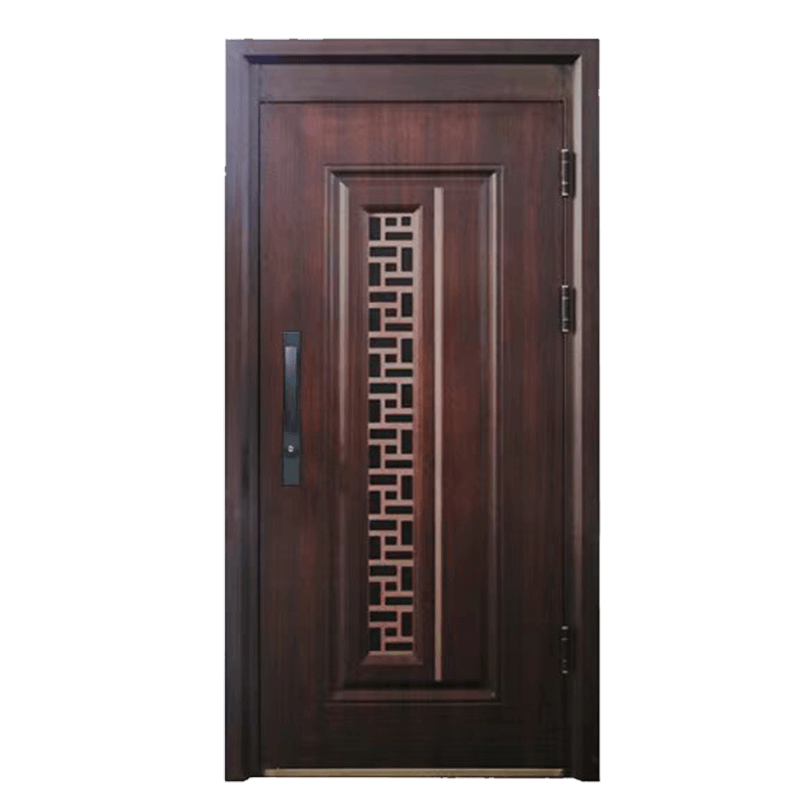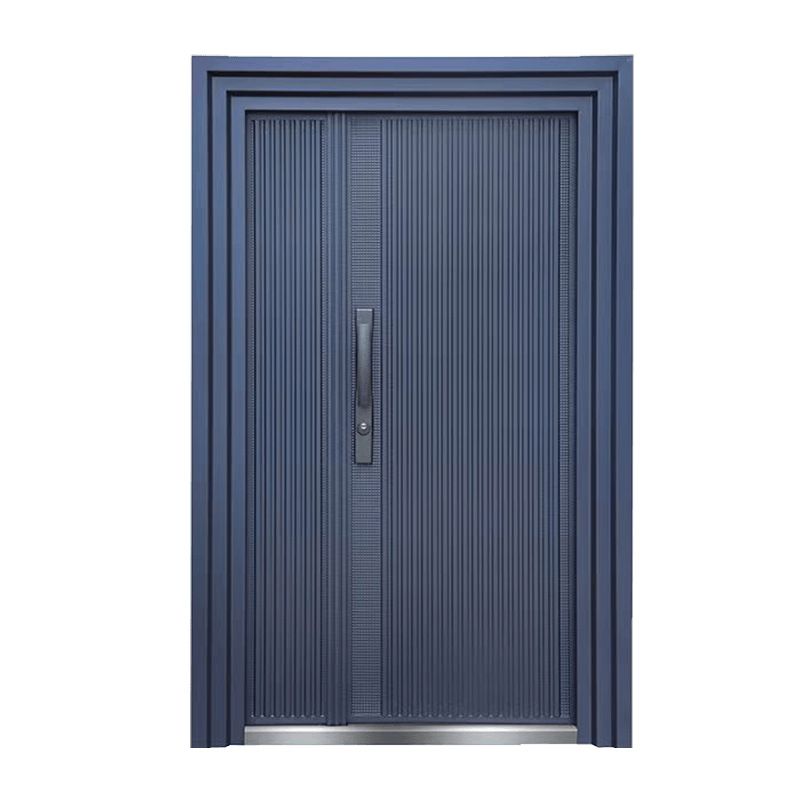Assessing Deformation Risks for Kitchen And Bathroom Steel Door
Nov 21, 2025
The Kitchen And Bathroom Steel Door in high-temperature and high-humidity environments raises a critical concern: will it deform over time? Kitchens and bathrooms are subjected to frequent temperature fluctuations, steam, and moisture exposure, which can potentially affect the door’s structural integrity. Understanding how steel doors respond to these environmental factors is essential for ensuring long-term durability, safety, and aesthetic appeal. Proper material selection, design, and maintenance can significantly reduce the risk of deformation in demanding conditions.

Material Selection and Heat Resistance
The choice of steel and core materials plays a major role in determining the door’s ability to resist deformation. High-quality alloy steel with proper heat treatment exhibits minimal thermal expansion and retains structural rigidity even under prolonged exposure to heat. Solid-core doors, as opposed to hollow-core designs, provide additional stability and reduce the risk of bending or warping. The core material can also include fire-resistant or moisture-resistant fillers to enhance performance in kitchens and bathrooms. Selecting materials with low thermal expansion coefficients ensures that the door remains flat and functional over time.
Protective Coatings and Moisture Barrier
Surface treatment is crucial for protecting the Kitchen And Bathroom Steel Door from the combined effects of heat and humidity. Powder coating, galvanization, and specialized moisture-resistant paints create a protective barrier against corrosion and moisture absorption. Proper edge sealing and application of gaskets around hardware further prevent water ingress at vulnerable points. These protective measures not only preserve the door’s appearance but also maintain its mechanical stability, reducing the risk of warping or swelling under constant exposure to steam or humidity.
Structural Design and Reinforcements
The door’s structural design has a significant impact on deformation resistance. Reinforced frames, internal crossbars, and stiffening ribs help distribute mechanical and thermal stresses evenly across the door panel. Multi-panel doors must ensure precise alignment and secure joints to avoid weak points that may cause warping. Even single-panel doors benefit from strategic reinforcement, particularly around edges and corners, where thermal and moisture stresses are often concentrated. Proper structural design is key to preventing long-term deformation.
Installation and Environmental Considerations
Correct installation is equally important in maintaining door stability. Adequate clearance around the frame accommodates thermal expansion and prevents binding. Corrosion-resistant hinges, locks, and hardware maintain secure support despite high humidity. In environments with frequent steam or heat exposure, additional ventilation or dehumidification can reduce stress on the door panel, helping to prevent deformation. Professional installation ensures that the door performs as intended under challenging conditions.
Maintenance for Longevity
Ongoing maintenance is necessary to preserve structural integrity. Regular inspection of protective coatings, hardware, and seals can identify minor issues before they escalate. Cleaning to remove moisture and corrosive residues, as well as timely touch-ups of coatings or sealants, prolongs the door’s lifespan. By adhering to maintenance schedules, users can ensure that the Kitchen and Bathroom Steel Door continues to resist deformation over time.
While the Kitchen And Bathroom Steel Door may face deformation risks in high-temperature and high-humidity environments, careful material selection, protective coatings, reinforced design, proper installation, and regular maintenance greatly mitigate these concerns. By addressing each factor, the door can remain structurally sound, visually appealing, and fully functional even in challenging kitchen and bathroom conditions. Proper planning and care ensure long-term durability and reliability for steel doors in these demanding environments.

 English
English 中文简体
中文简体 Français
Français Español
Español عربى
عربى





